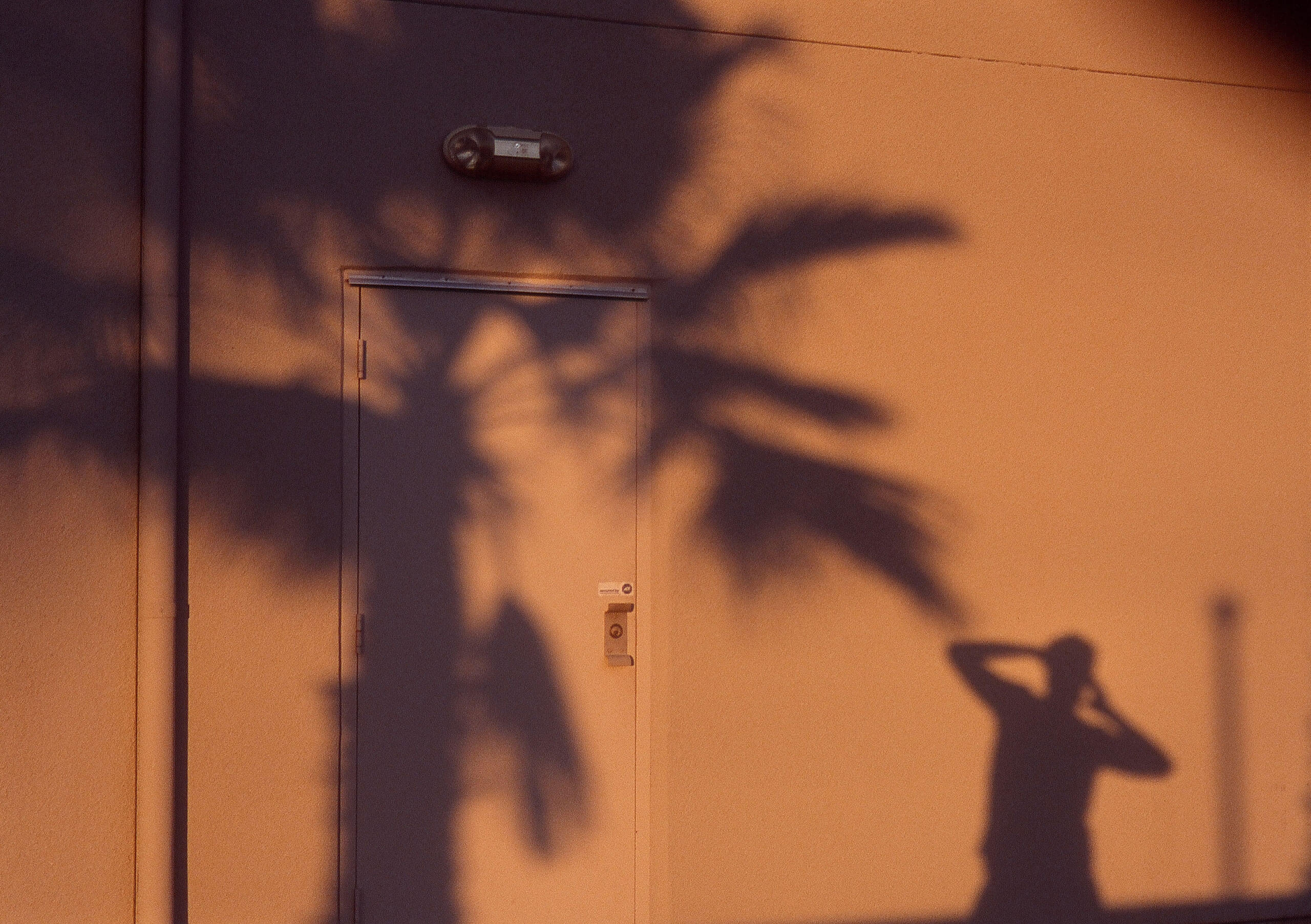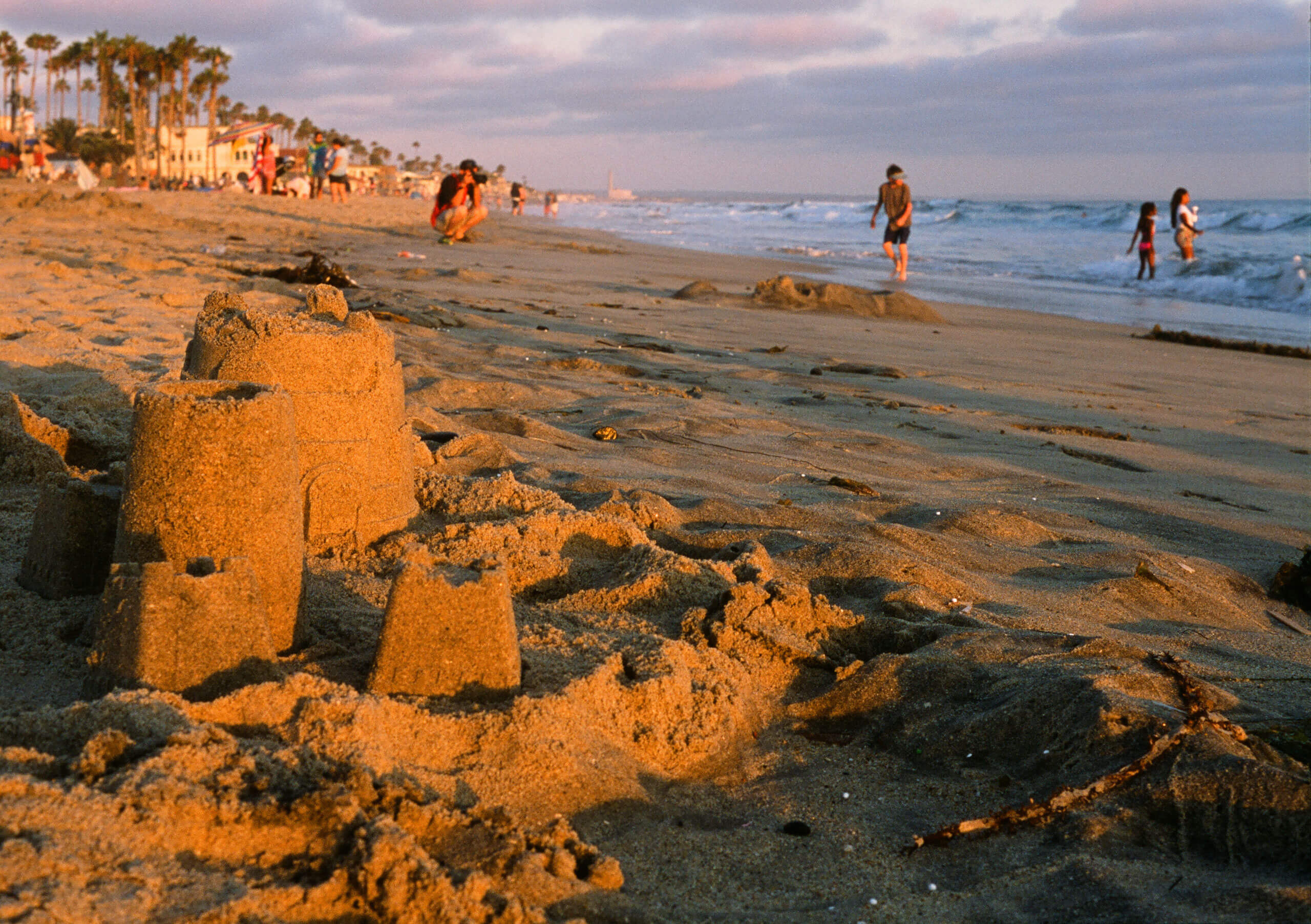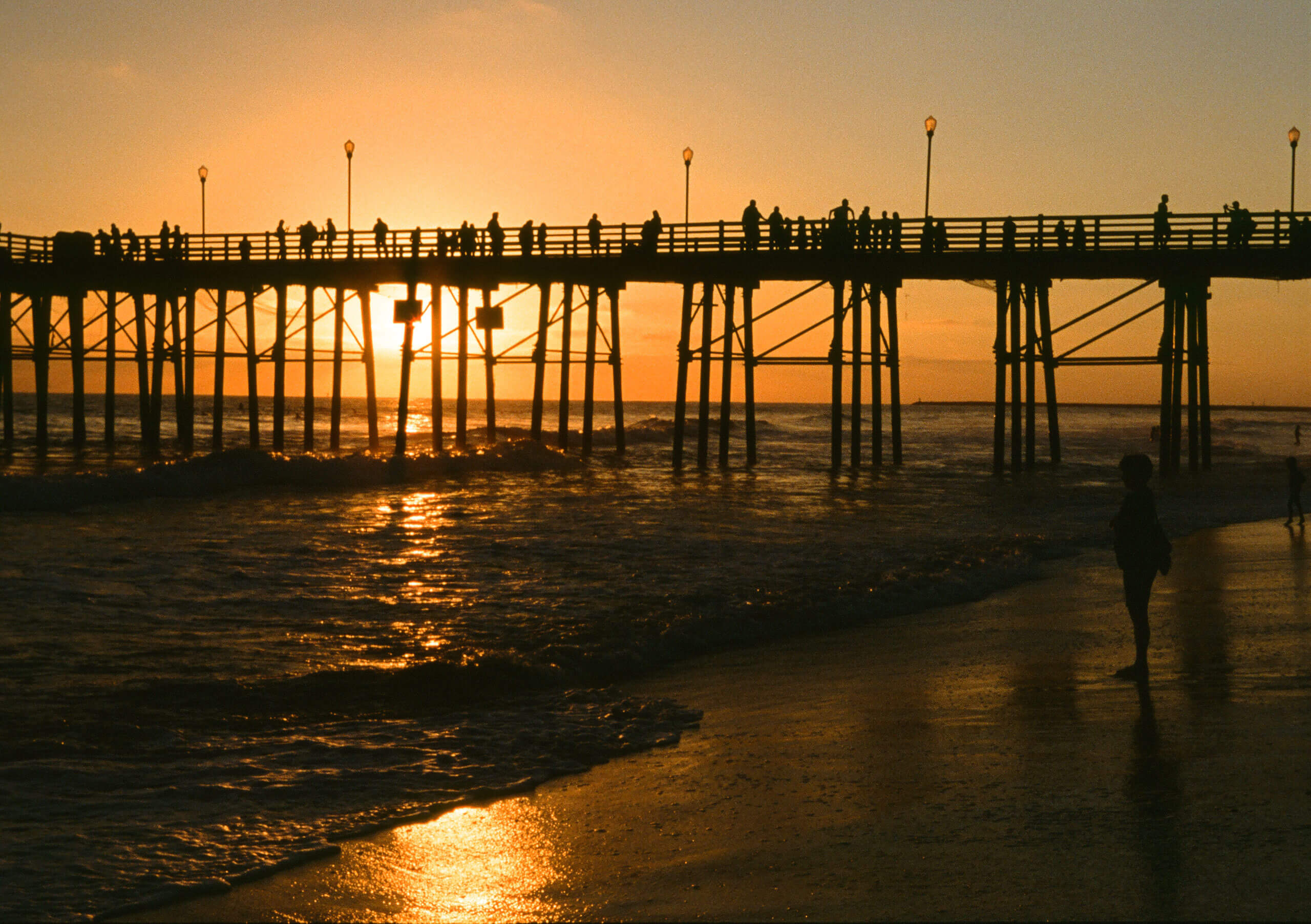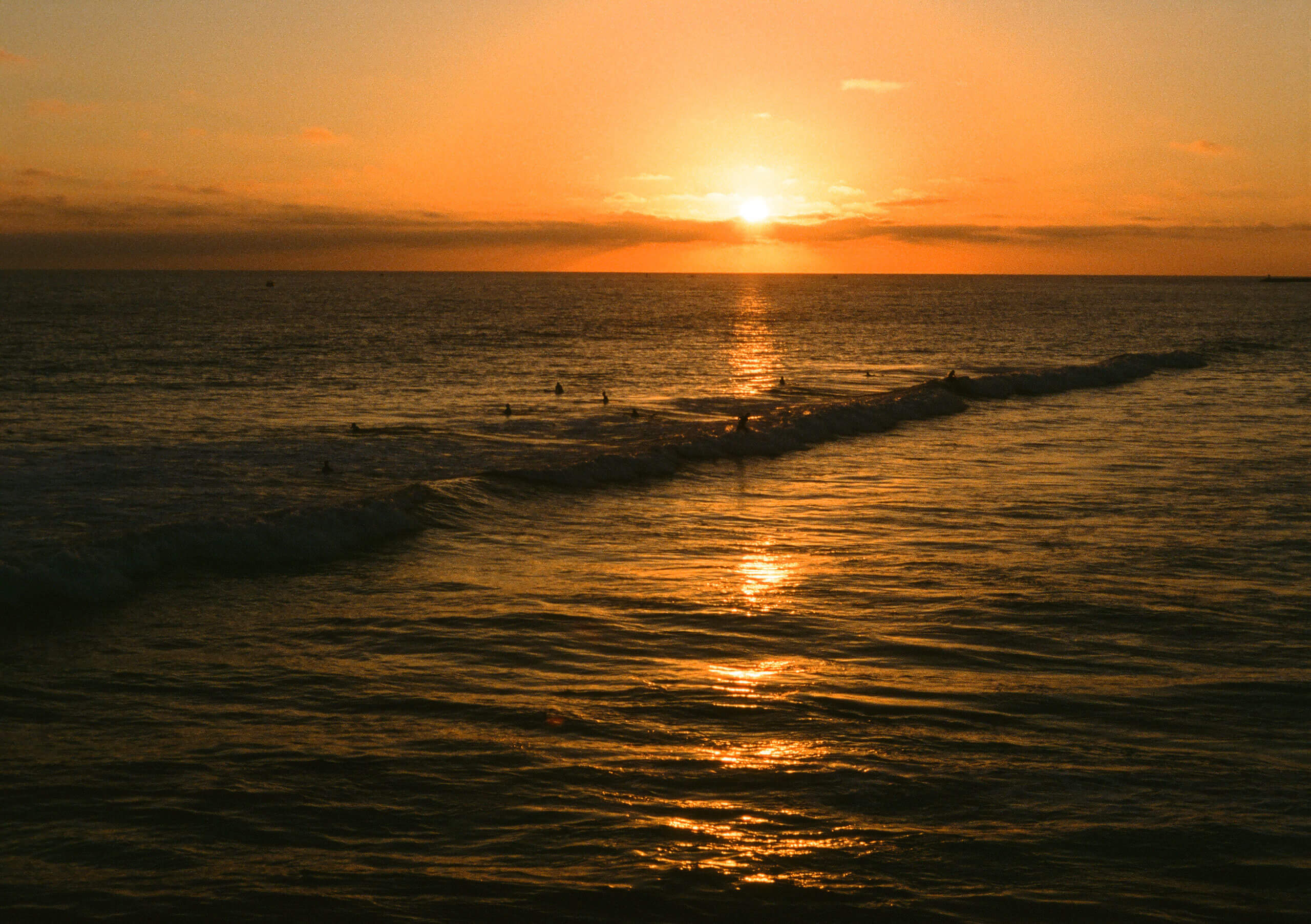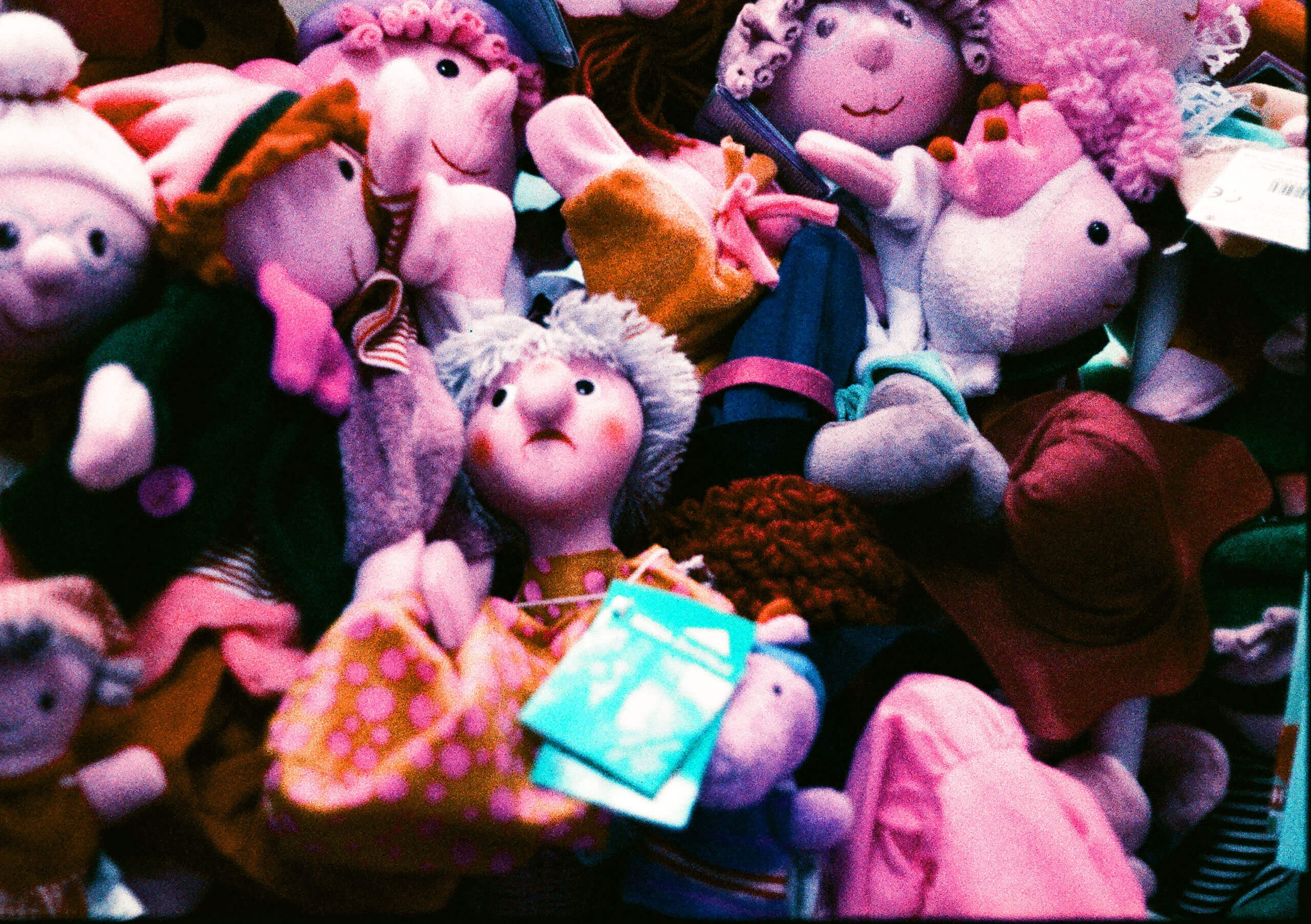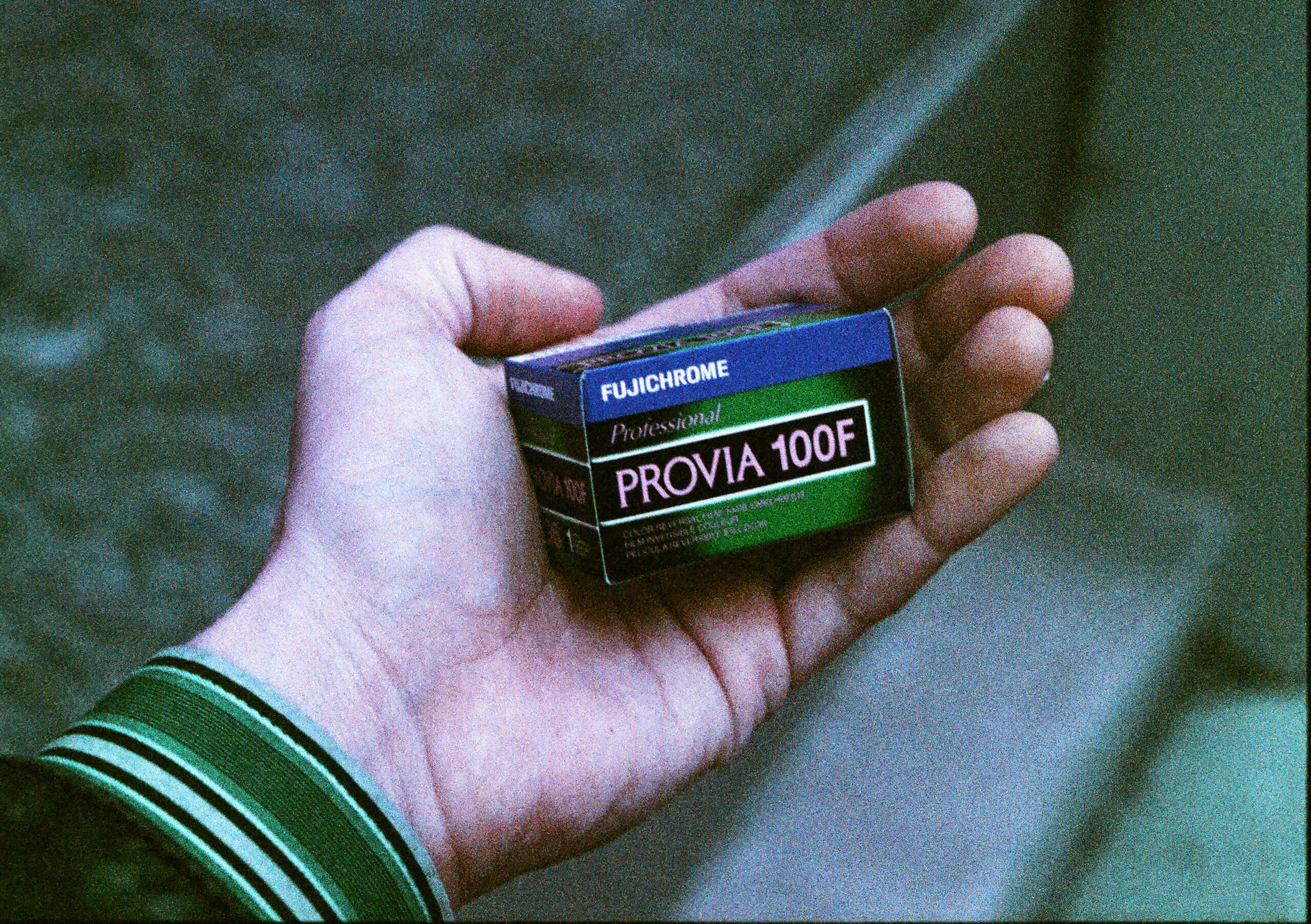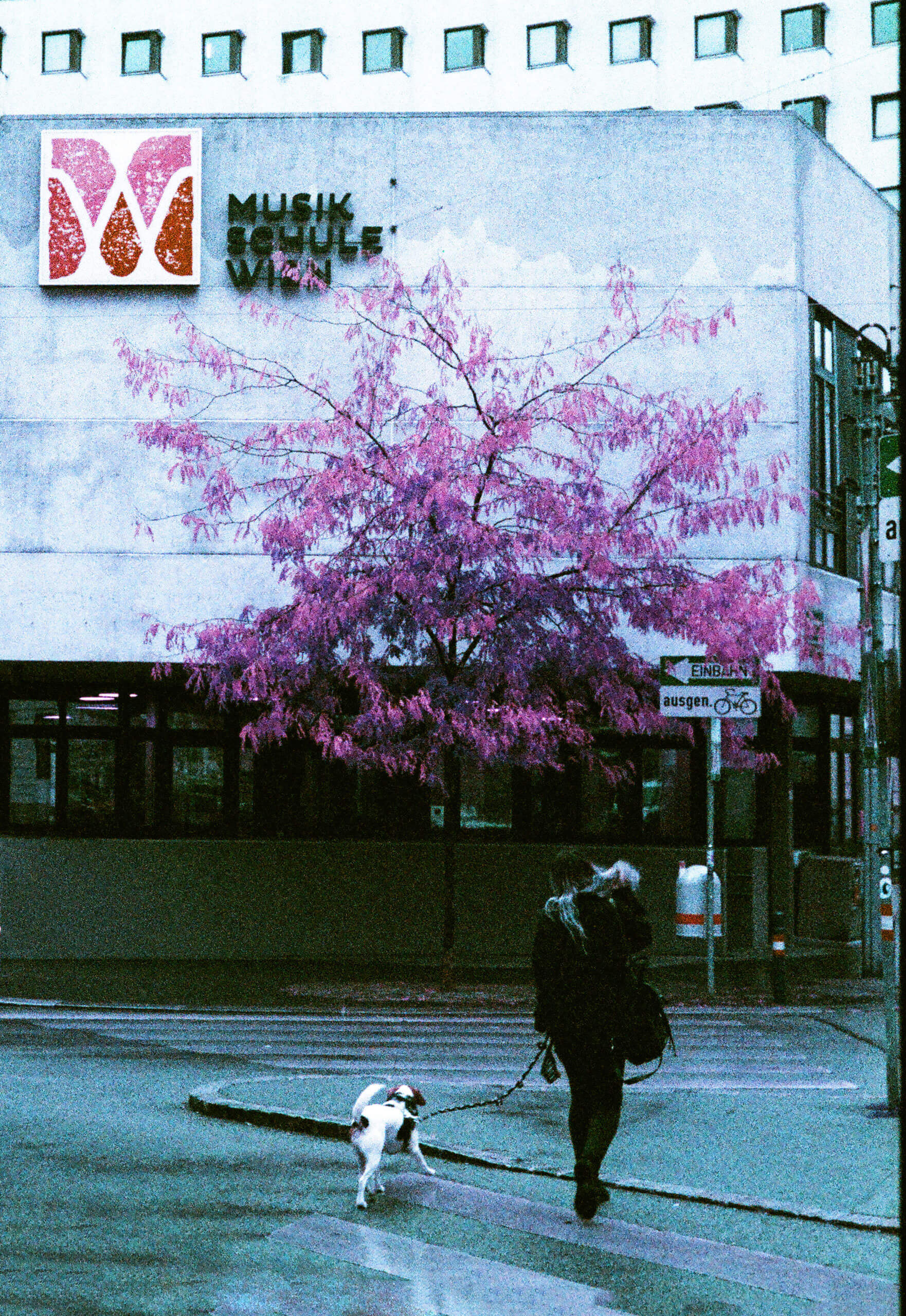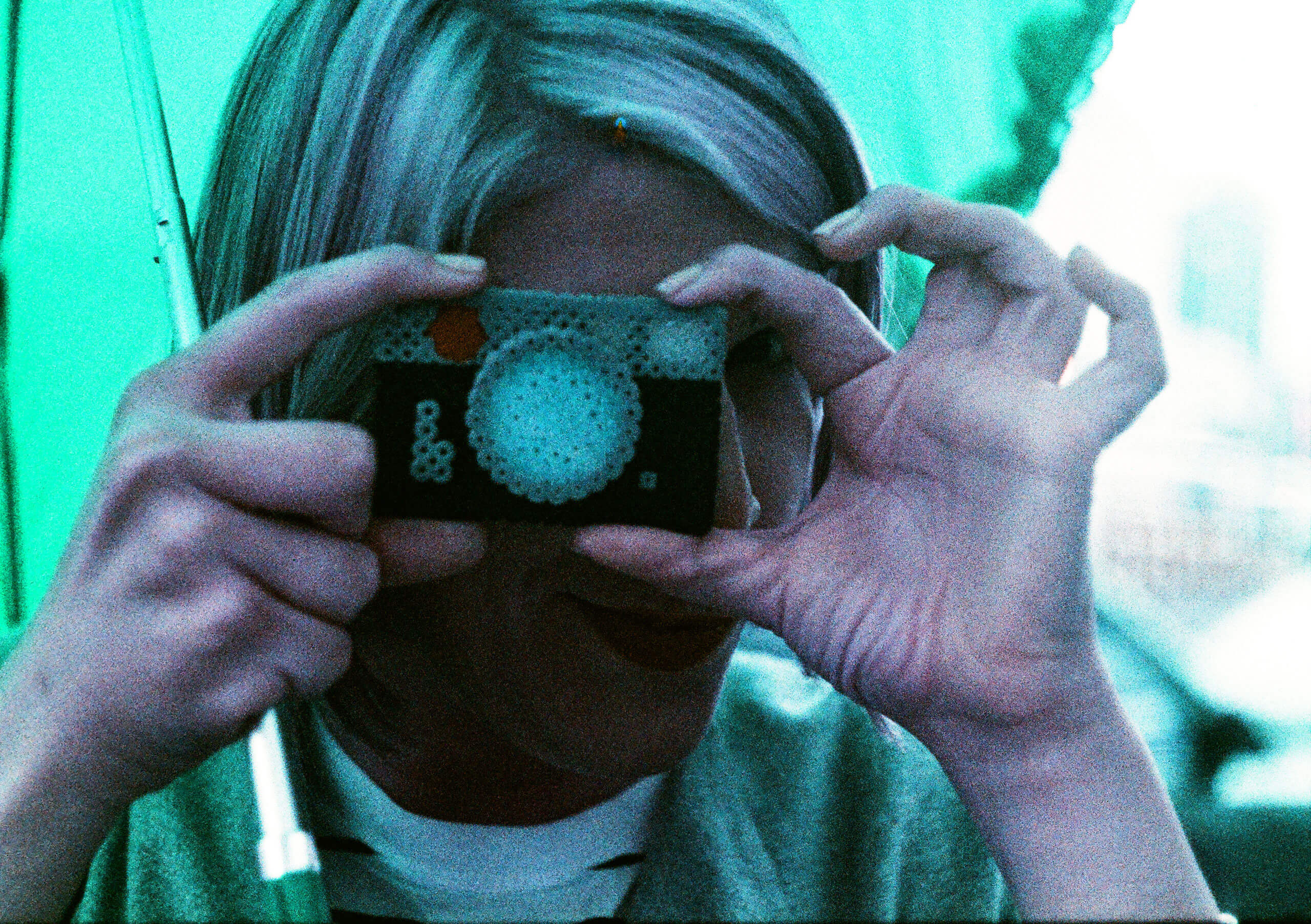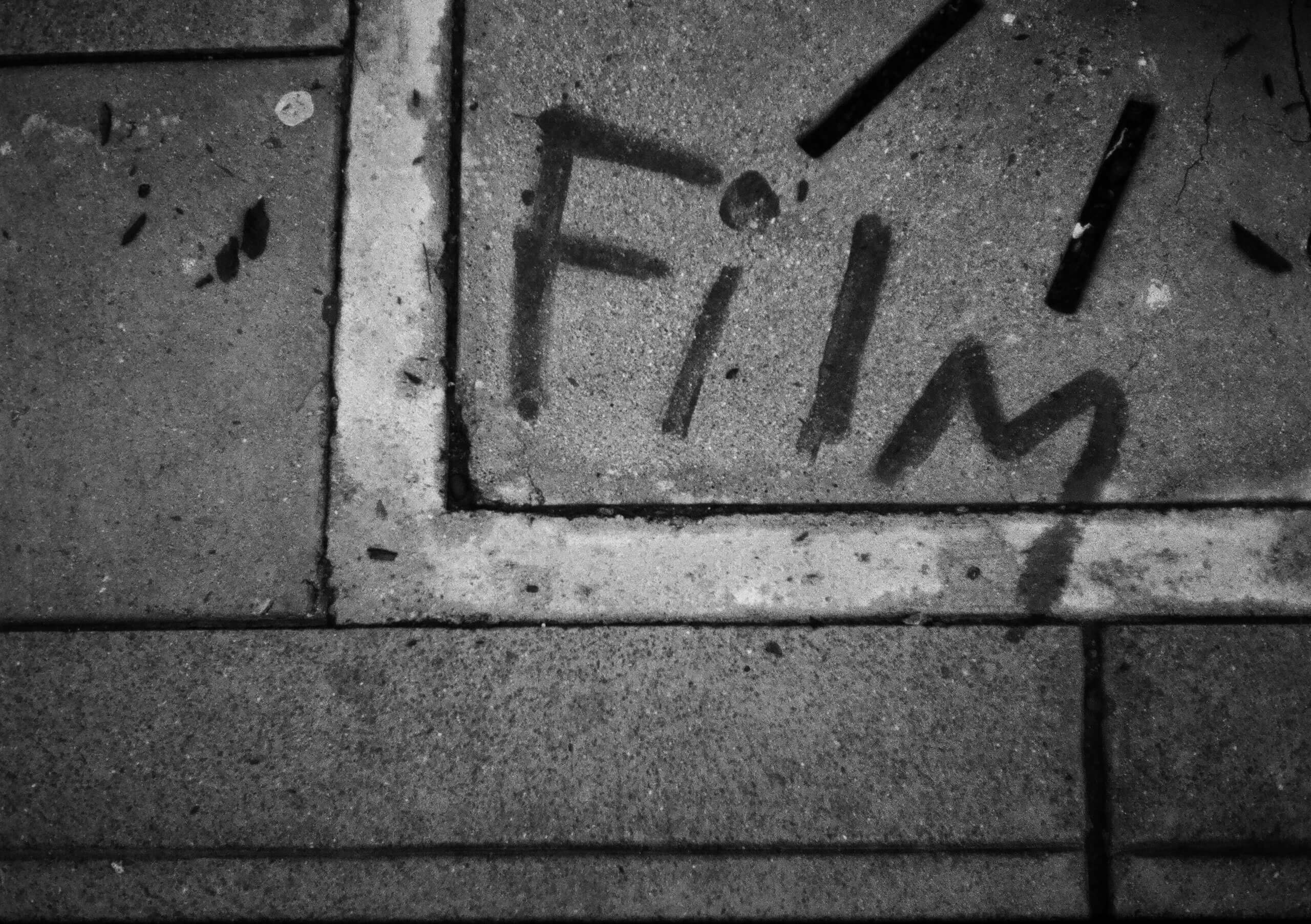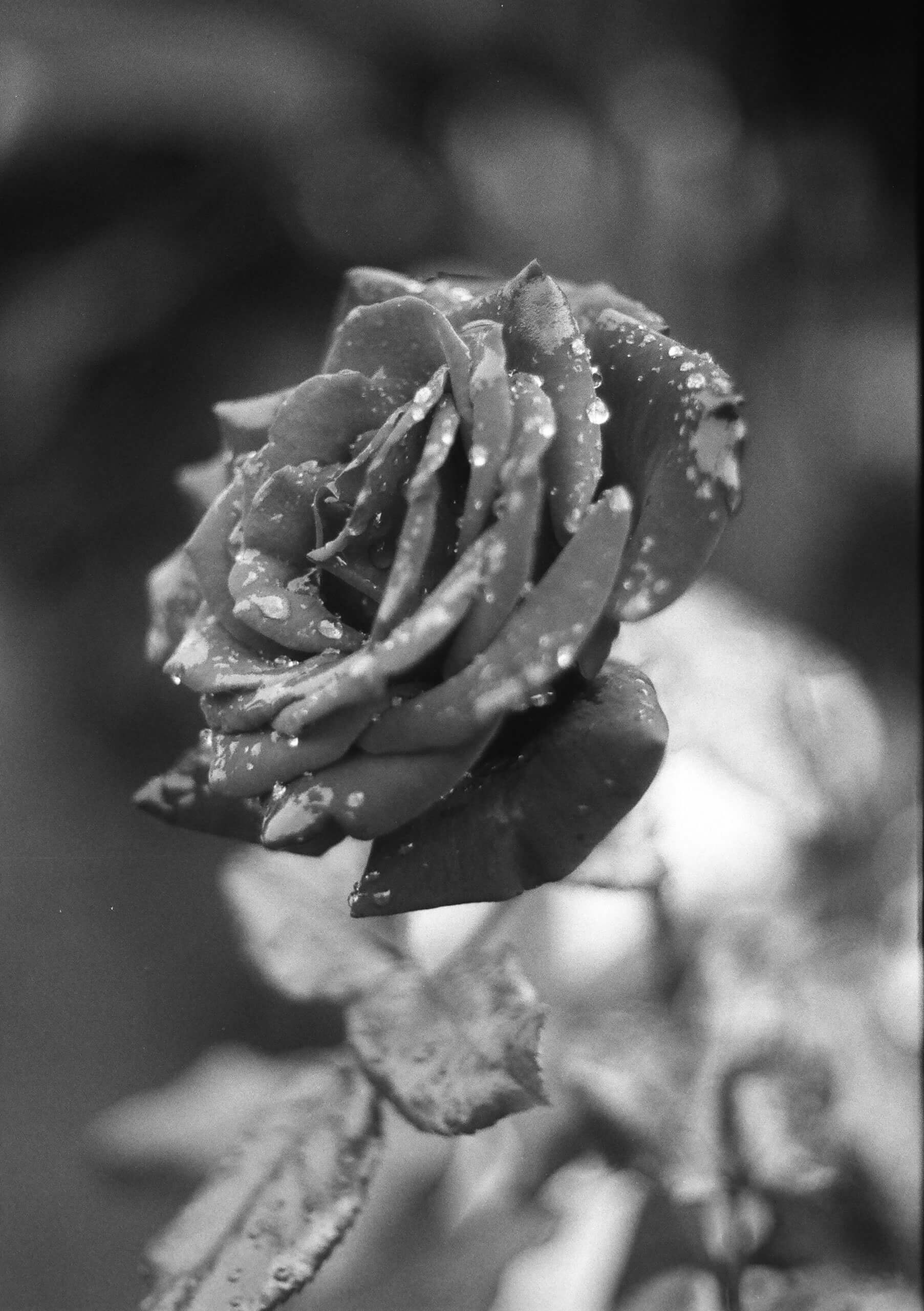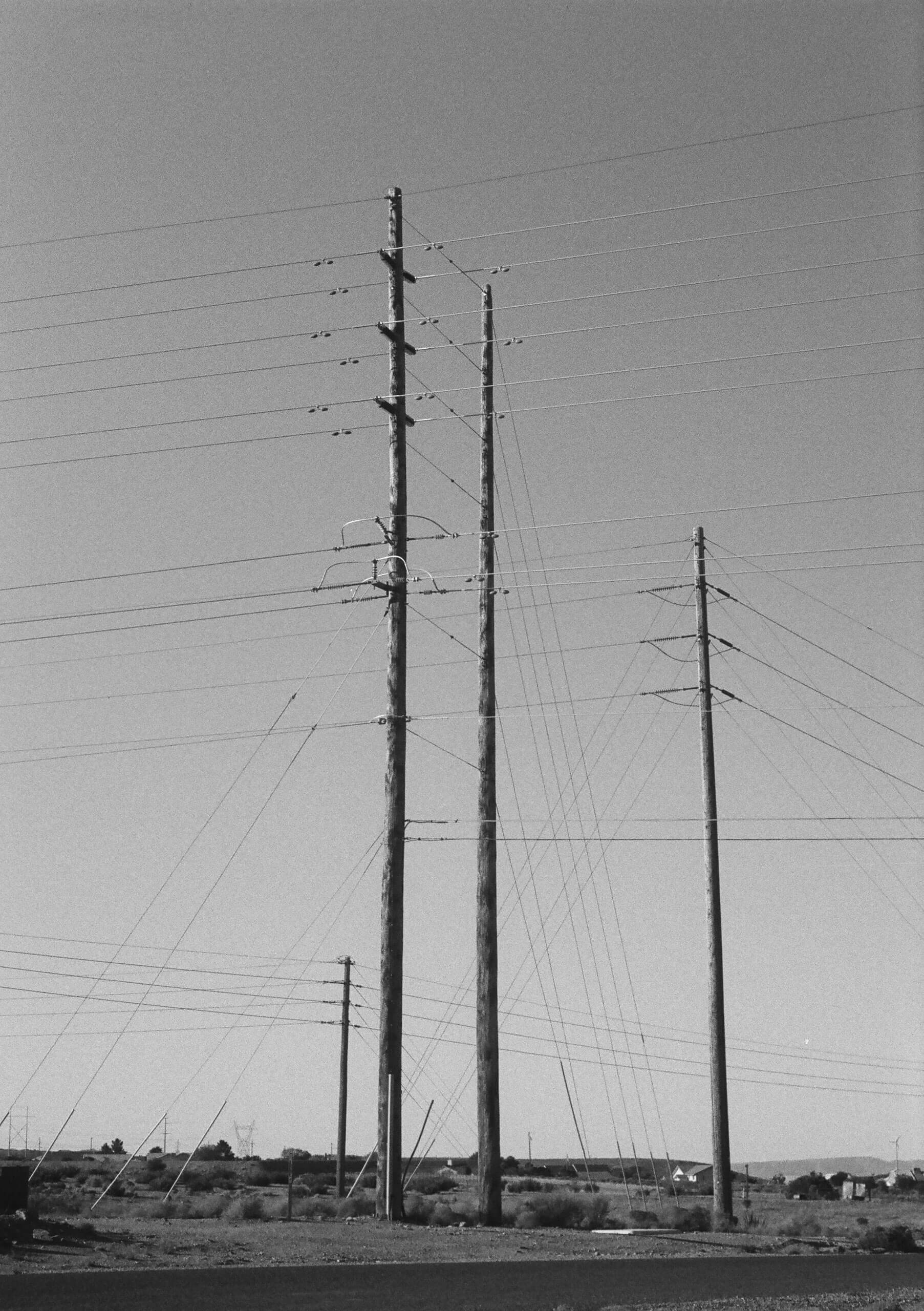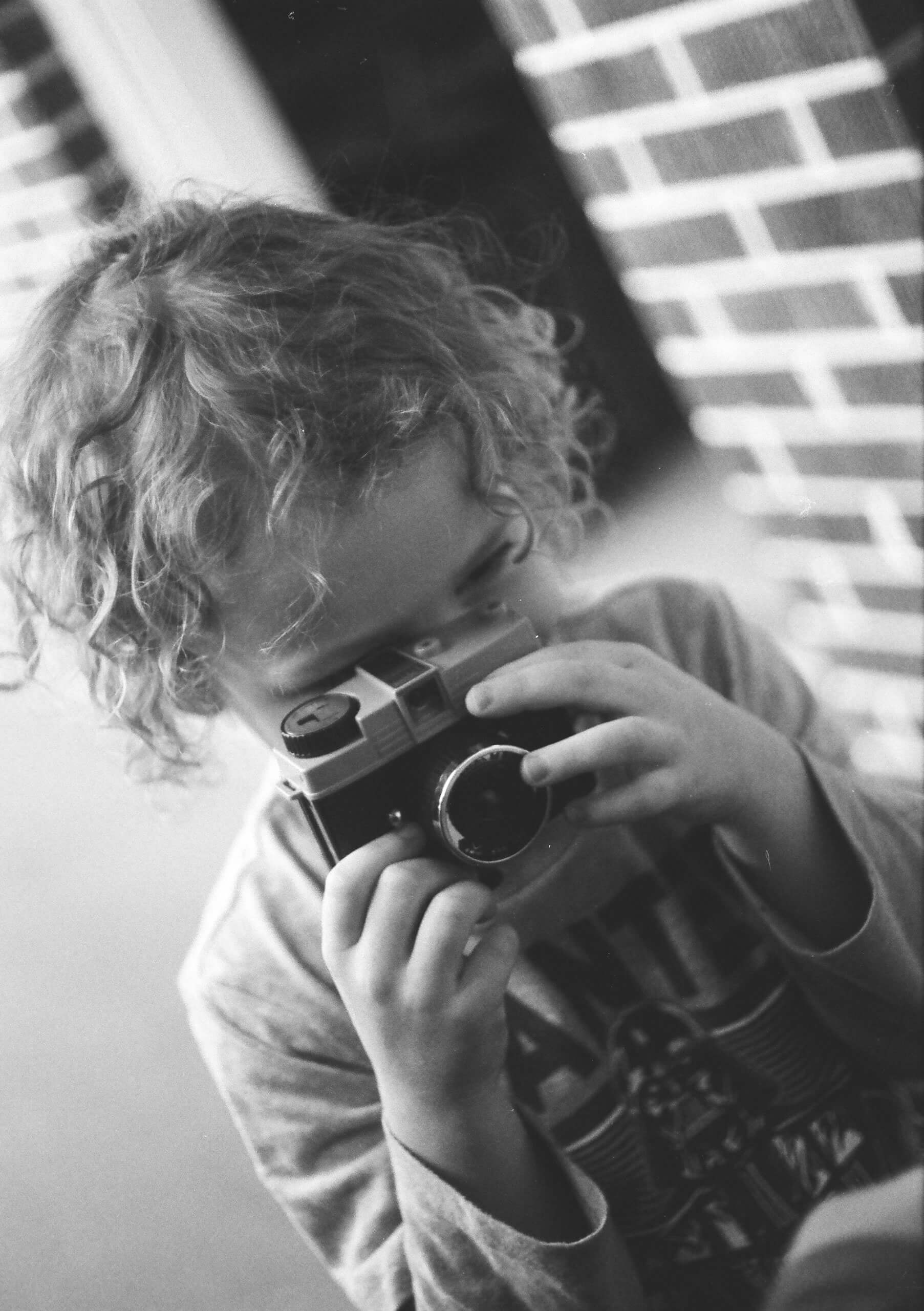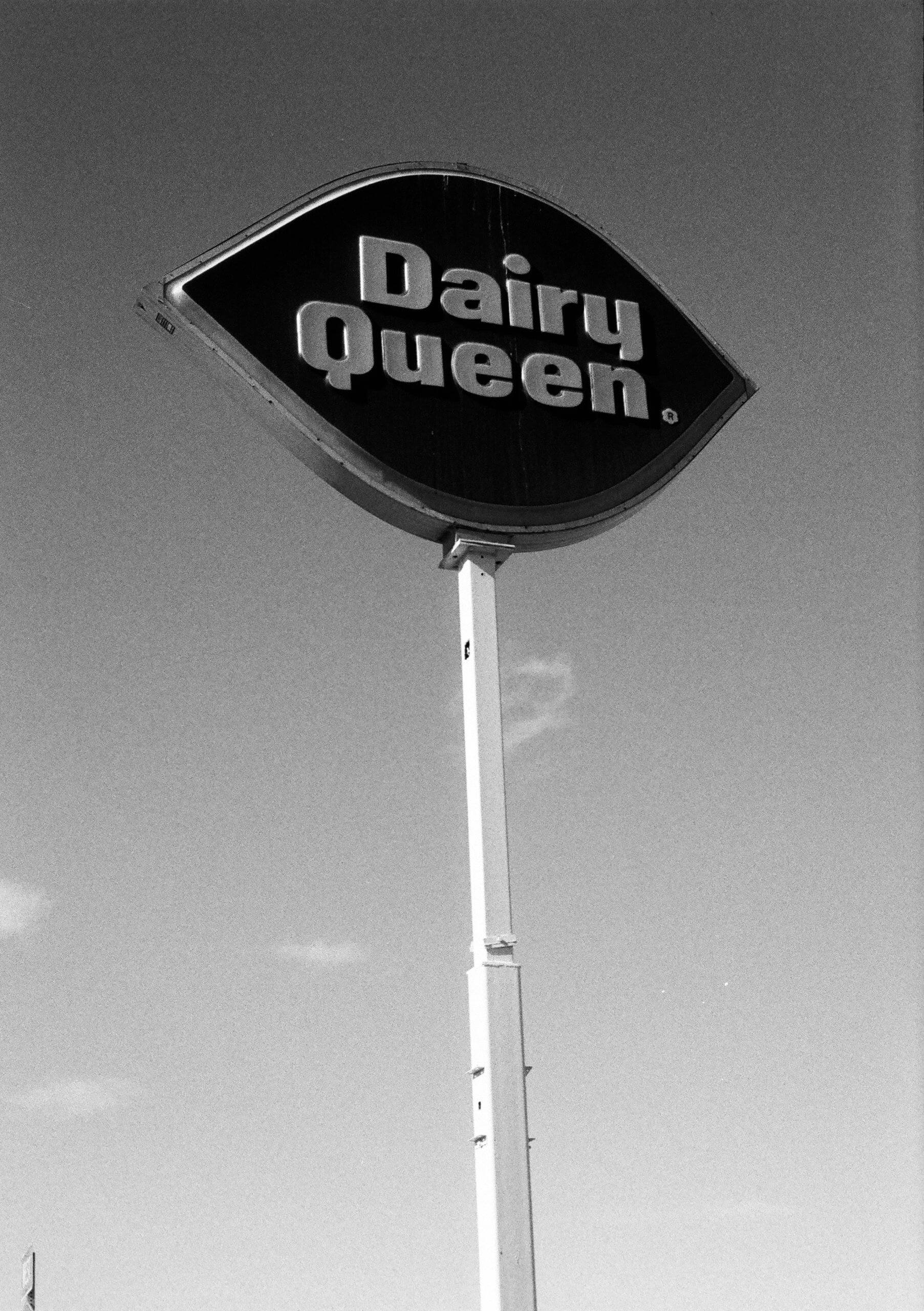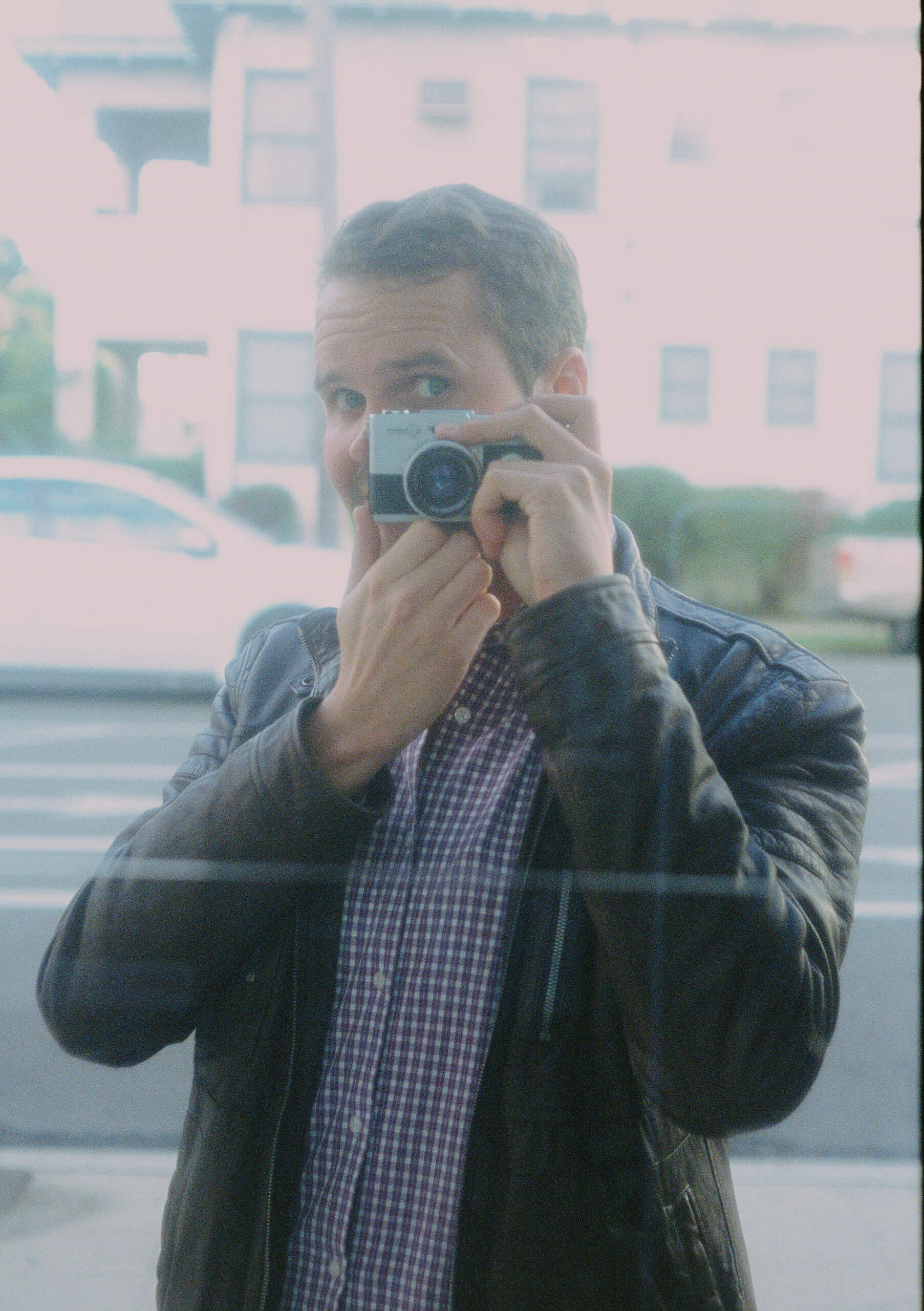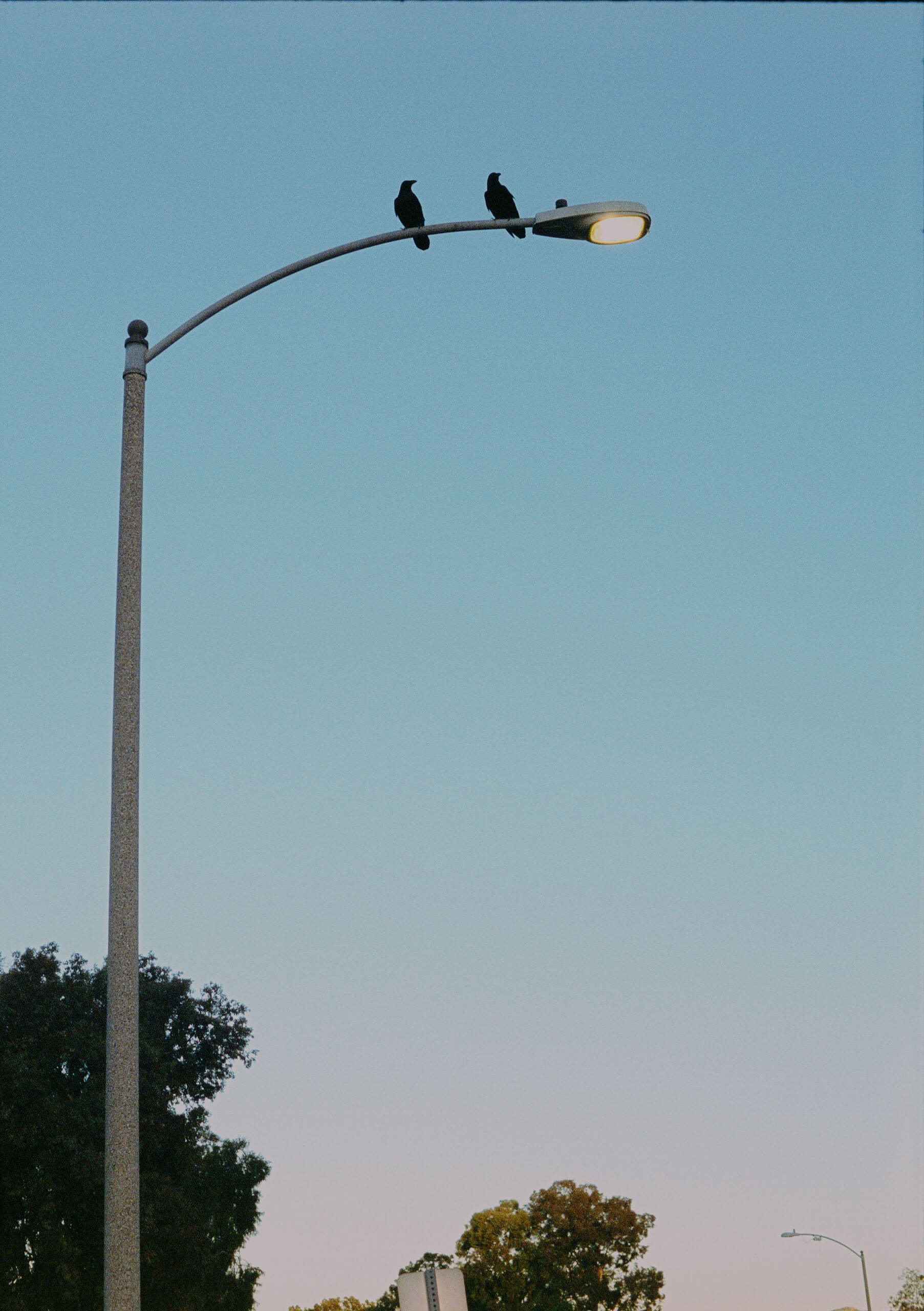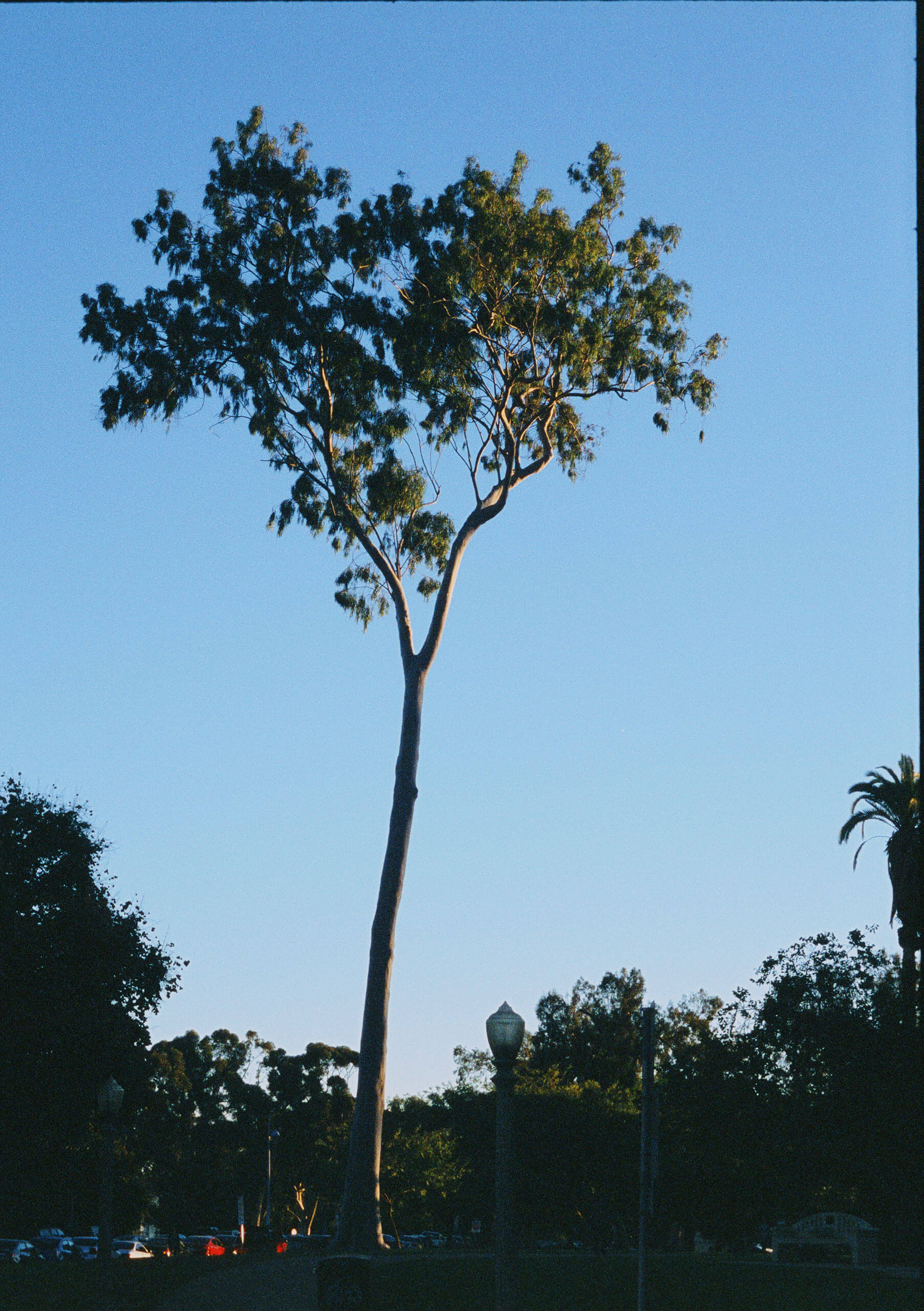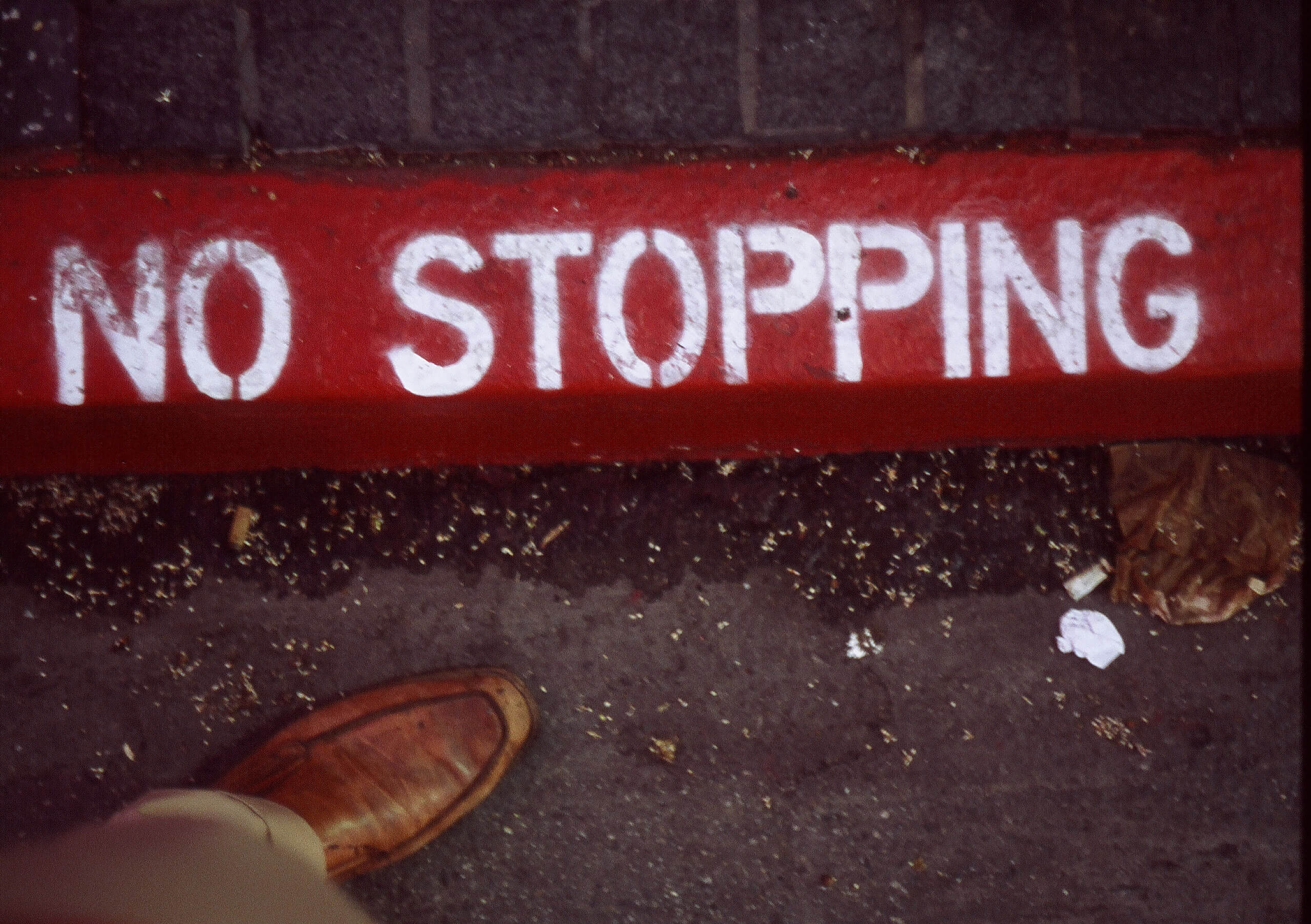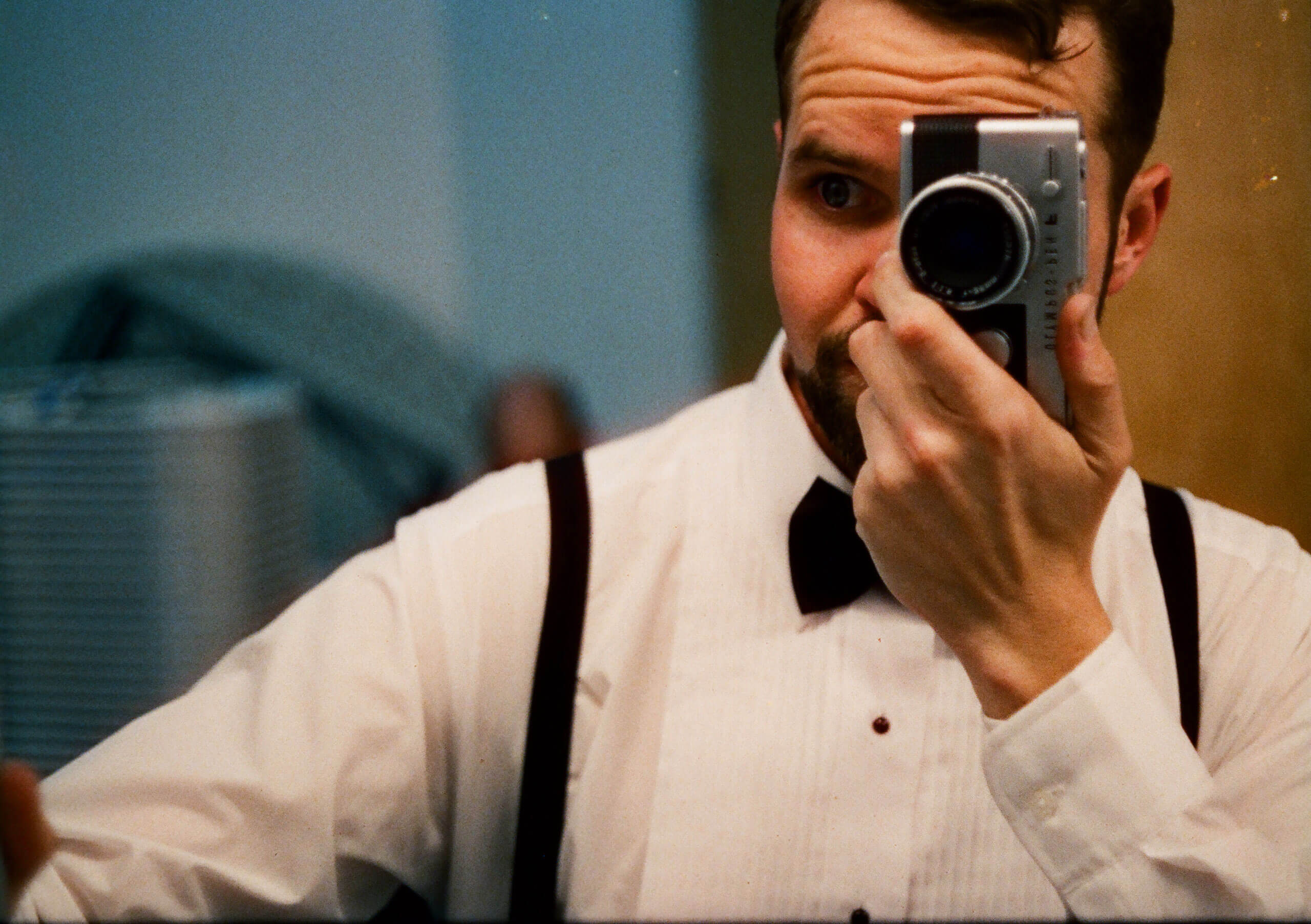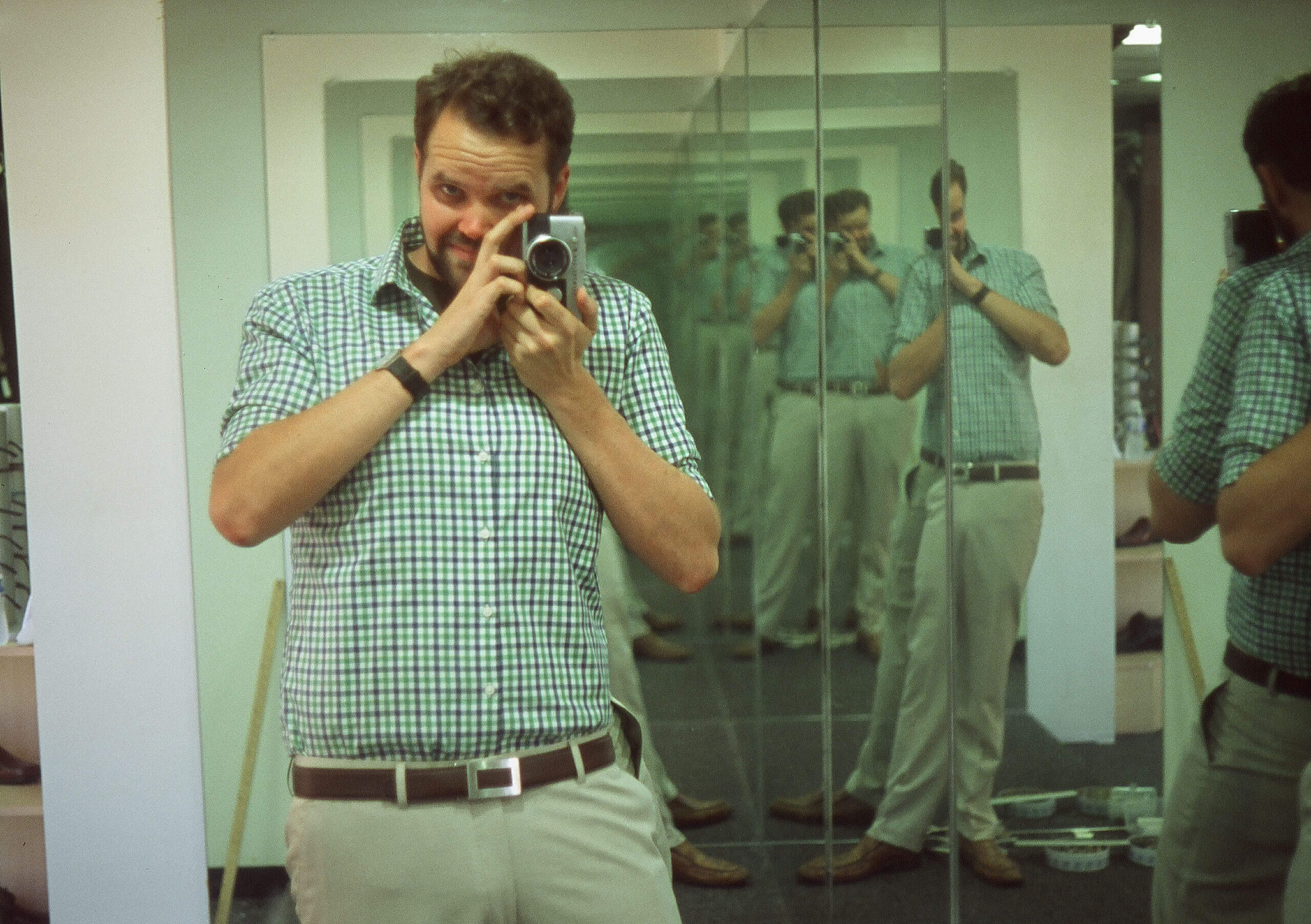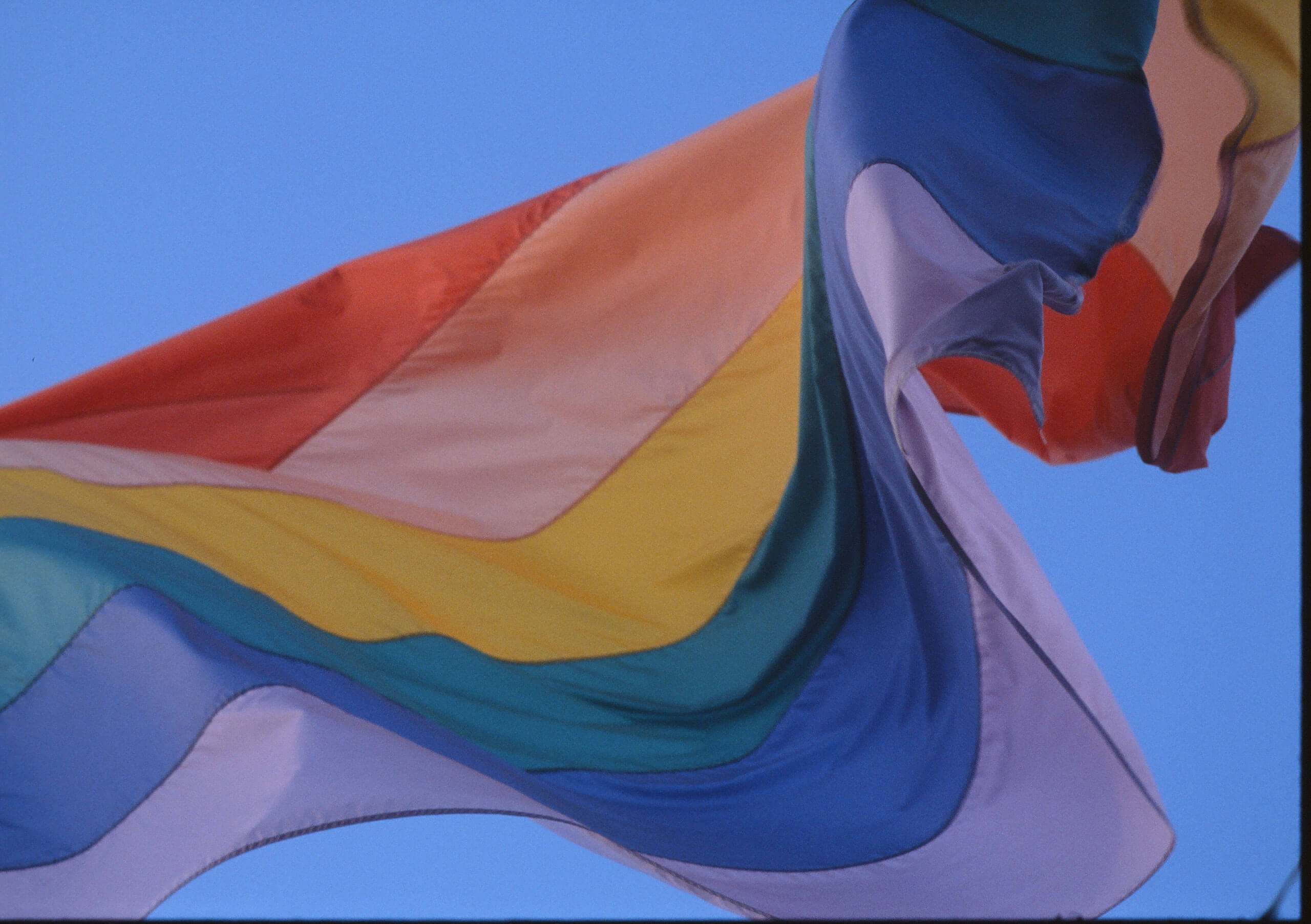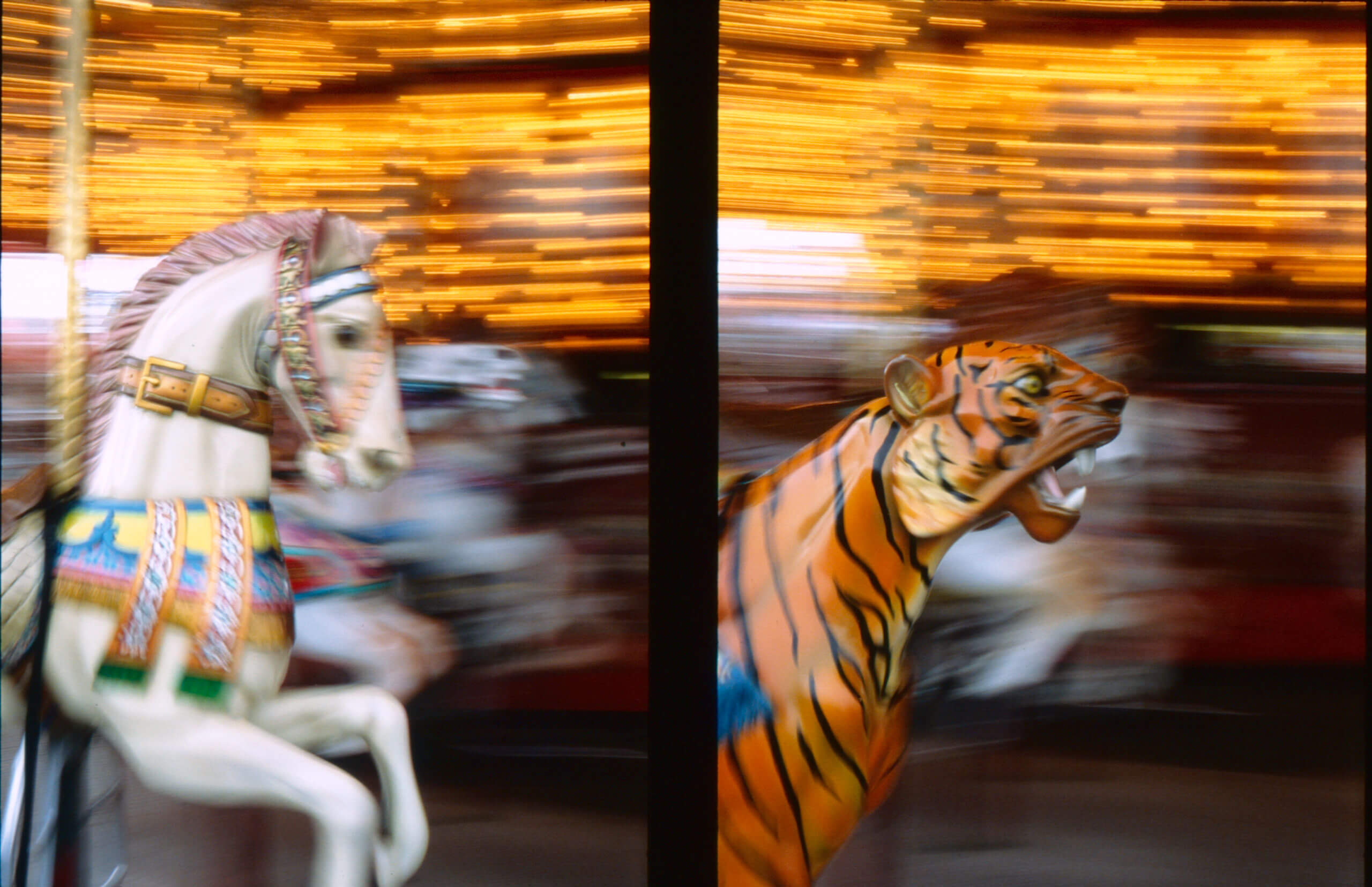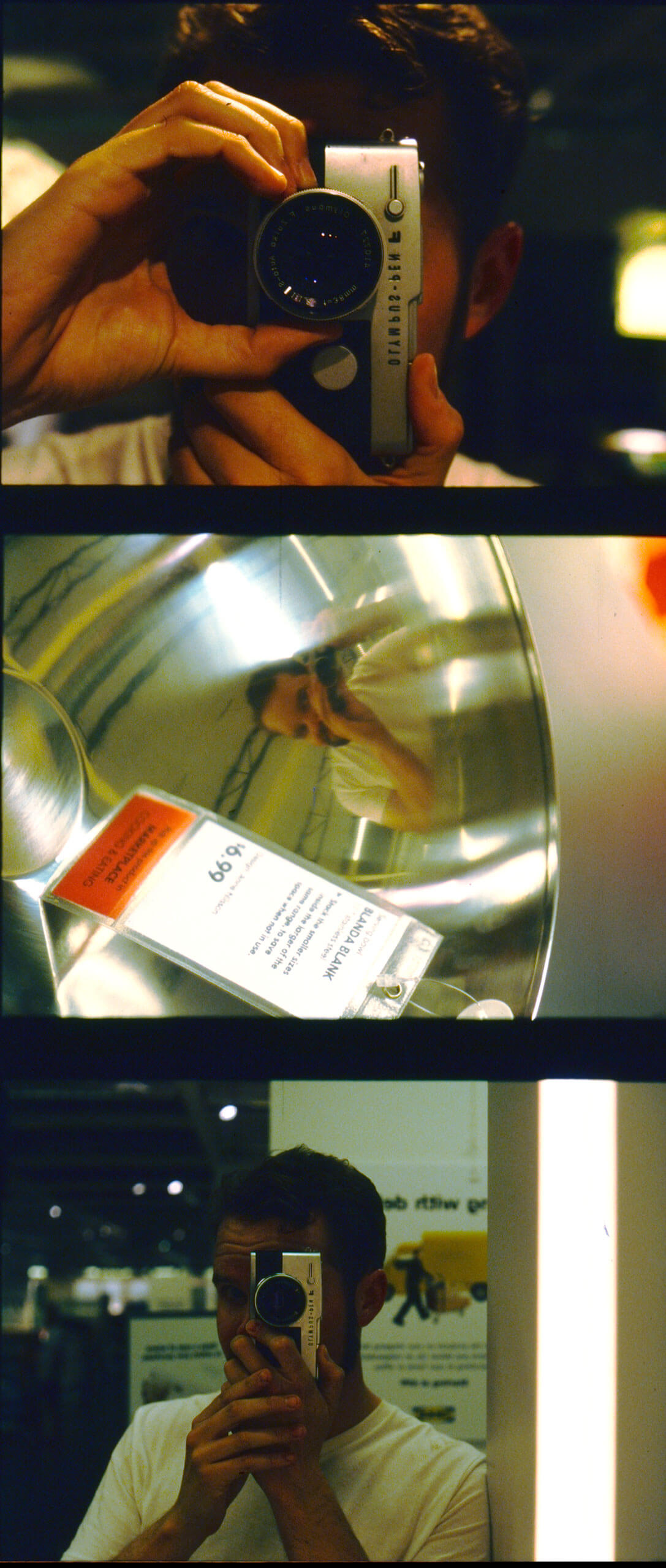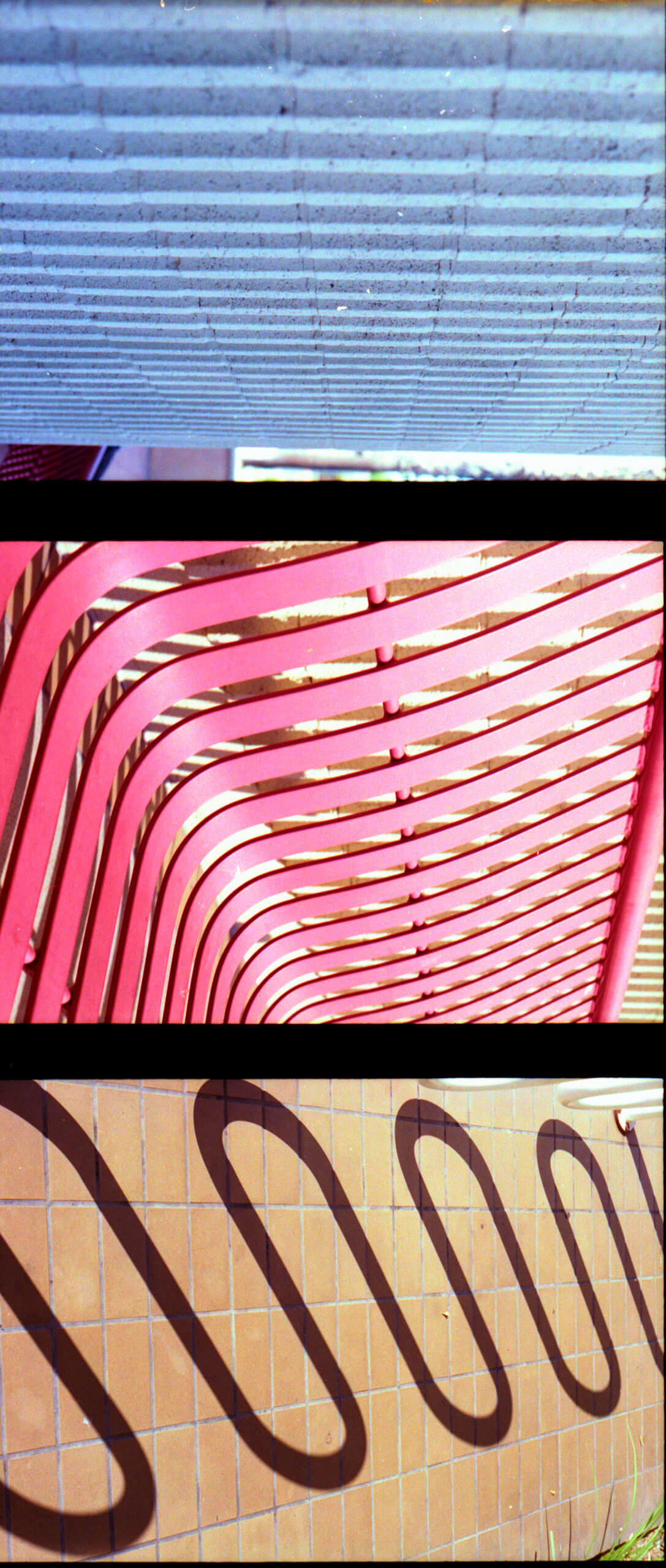Tmax 3200 Film in a 35mm Camera
Recently, I picked up a roll of film from my favorite film developing lab in Carlsbad, California, North Coast Photo.
The roll of film I’d dropped off was a 35mm canister of a Kodak film called T-Max 3200.
The film called T-Max 3200 is remarkable because it’s far more light-sensitive than other films, and this leads to images that have a unique film grain effect.
Although I took a mirror-selfie on this roll of film, I am unable to figure out what specific 35mm camera I am using, but I’ll guess that its my neighbor’s 35mm SLR which I’m just testing out for fun.
High-contrast scenes, such as those with dark shadows and bright sunlight can be difficult for digital cameras, but film has an inherent ability to record a lot of details, both in the bright areas and in the dark areas.
And the way I had fun with this particular camera and film combination was thus: I set the lens’ f-stop to it’s smallest-possible size, and I set the length of each exposure to be at least 1 second long.
This combination of a tiny-aperture, long-exposure, and high-sensitivity film resulted in grainy and blurry images, by design.
I enjoy these images for their imperfections and unintentionalities, and I’ll be the first person to point out that I have been inspired by the photographer Robert Frank and his work in the photobook titled, The Americans.
San Diego is a great city to photograph, regardless of your camera choice. 🙂
Creating 100 Sheets of Cyanotype Paper
Cyanotypes Part 4: How to Display Cyanotypes
Cyanotypes Part 3: How To Develop Cyanotype Paper
Cyanotypes Part 1: How To Make Cyanotype Paper
How to Make a Cyanotype 3×5 Card
Skateboard Cyanotypes
Half-Frame Photo Gallery
There’s a brand new 35 mm half-frame camera called The Alfie, and I’d like to be part of their beta test for the camera, so here’s a gallery of photos I’ve taken using a half-frame camera.
The following gallery of photos were taken using a “half-frame” camera, which shoots standard 35 mm film, but it shoots photos which are half as wide as a standard 35 mm camera.
Half-frame images are half as wide as a traditional photo and that means half-frame cameras can record TWICE as many photos on a roll!
The cost-saving benefits alone make half-frame a good choice for any photographer, but I also find that the smaller image size helps to highlight and enhance the natural grain of a film photo.
Enjoy this gallery of half-frame images which document some of the best places on Earth’s Northern Hemisphere.
